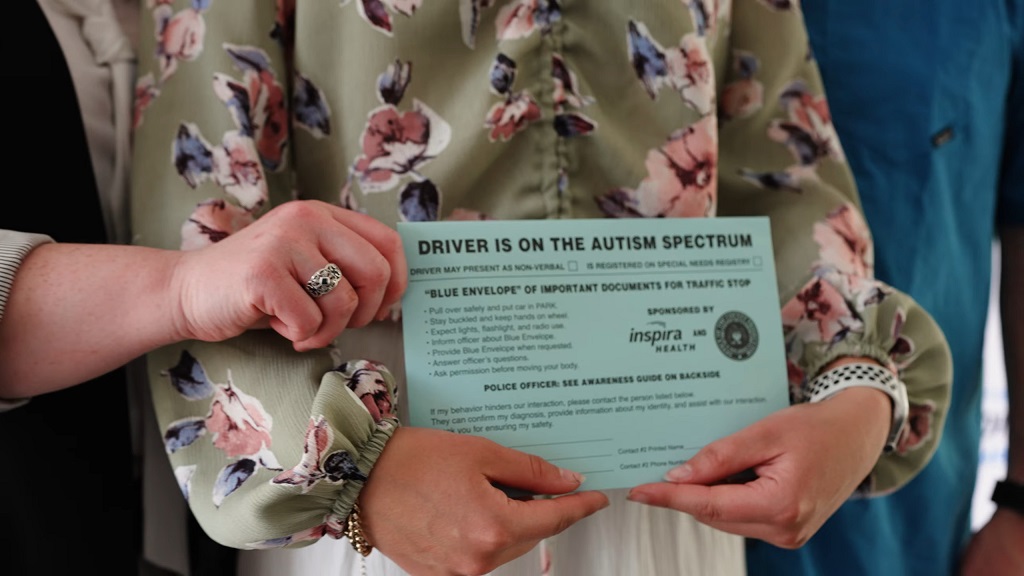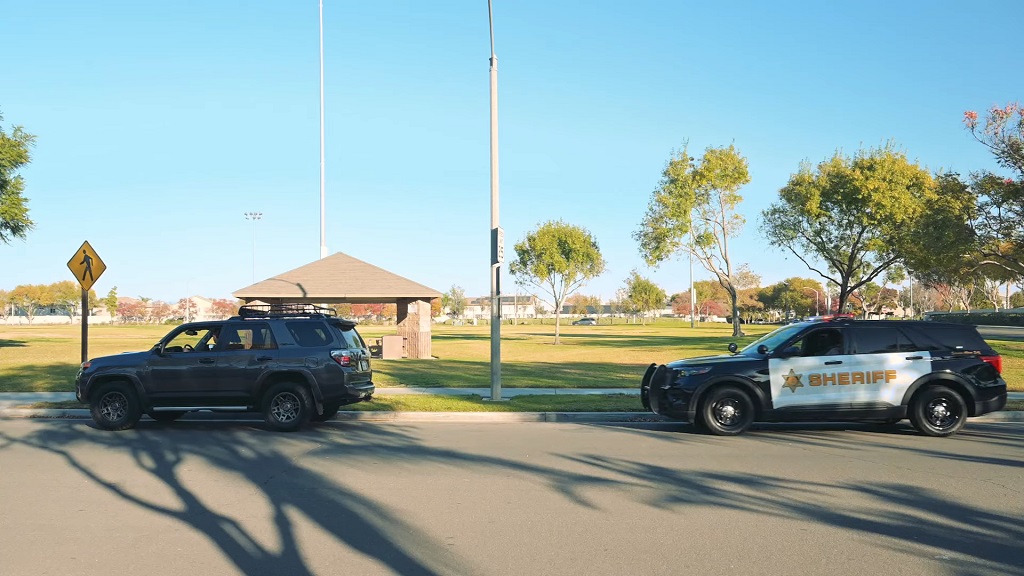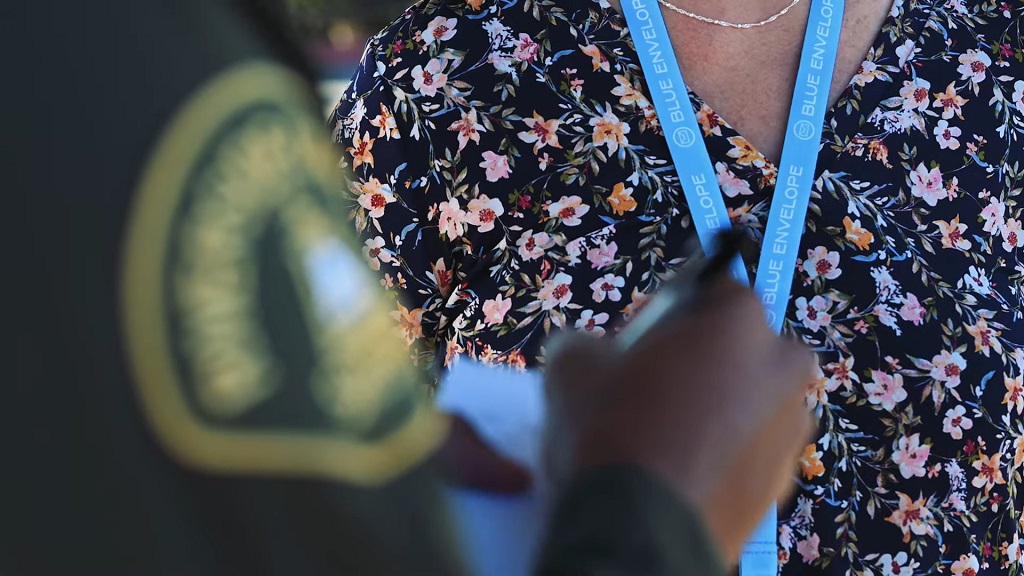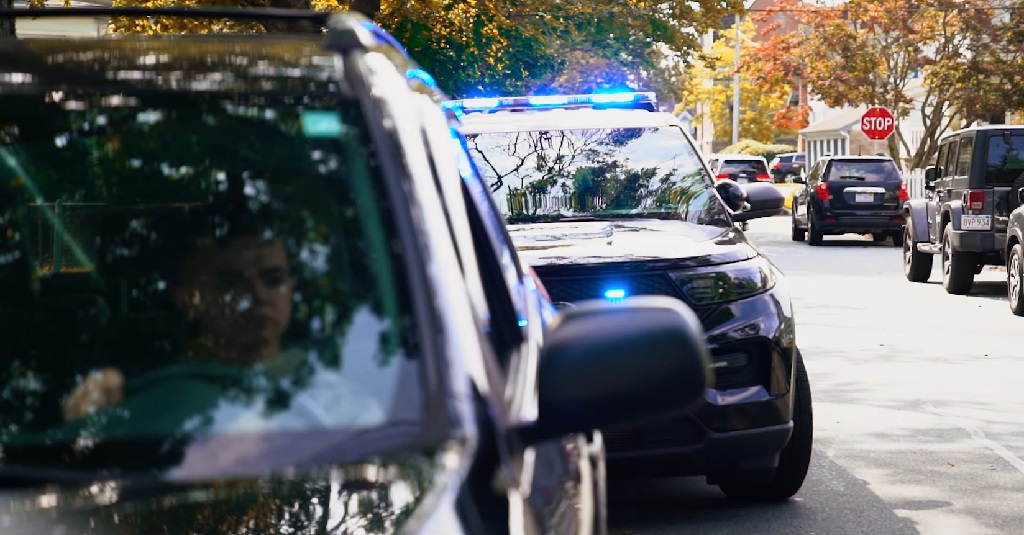Arkansas lawmakers introduced the Blue Envelope program to create safer conditions for drivers with autism during police encounters. Many individuals on the autism spectrum face sensory overload when exposed to sirens, flashing lights, or sudden instructions. Those moments can cause confusion and silence that officers may misread.
The program uses a simple tool. A blue envelope will hold the driver’s license, registration, and insurance documents. Clear directions for officers appear on the outside. The note explains that the driver may respond slowly or show signs of distress due to sensory pressure.
The Arkansas Department of Finance and Administration will begin distributing envelopes in early 2026. The goal centers on calm communication and the prevention of unnecessary fear. Officials believe the program will set a positive example for respectful treatment and improved safety for every person on the road.
Statutory Details and Infrastructure Commitments

The law that created the Blue Envelope program is Act 16, also known as HB1046. It defines the responsibilities of each state agency and lists how the envelope must function in real use.
| Feature | What the Act Requires | Why It Matters |
| Deadline | The envelope program must be fully operational by January 1, 2026. | Sets a strict timetable for planning, design, printing, and training. |
| Contents Required | The envelope must contain a driver’s license, vehicle registration, and contact card. | Ensures that police receive all essential information in one place. |
| Exterior Guidelines | The outside of the envelope must show clear communication instructions for law enforcement. | Provides officers with a visible prompt on how to approach and communicate effectively. |
| Application | Drivers with autism may request an envelope at their local revenue office starting January 2026. | Makes access simple and statewide, encouraging consistent participation. |
| No Cost | Every eligible person will receive the envelope free of charge. | Removes financial barriers and supports inclusivity. |
| Administrative Oversight | The Department of Finance and Administration manages design, production, and statewide distribution. | Creates uniform standards and accountability for the program. |
Arkansas agencies plan to review the program after its first year of use. Officials will collect data on how often envelopes appear during traffic stops and how those interactions compare with standard ones.
That information will help refine police training and ensure that officers apply the correct approach in future encounters.
Independent research partners from local universities may study outcomes such as driver stress levels, officer satisfaction, and frequency of misunderstandings.
Findings from those studies will guide future improvements and possibly inspire expansion of similar initiatives to other conditions that affect communication or sensory processing.
How the Blue Envelope Works During a Traffic Stop

The Blue Envelope program gives drivers with autism a practical way to handle routine police encounters.
The envelope holds a driver’s license, vehicle registration, and insurance card. The outside of the envelope includes short instructions for police officers, explaining that the person may respond slowly, avoid eye contact, or need extra time to process what is said.
During a stop, the driver can calmly present the blue envelope to the officer. That small step tells law enforcement what kind of communication will help keep everyone safe.
The program also reminds officers to lower the noise, use simple phrases, and avoid rapid movements or bright lights that could create distress.
Drivers are advised to keep the envelope visible and within reach so the exchange begins smoothly and without confusion.
What the Envelope Contains
- License, registration, and proof of insurance
- Emergency contact details if the driver chooses to include them
- A printed explanation that the individual has autism and may react differently in stressful settings
Accidents and Legal Protection
Any traffic stop can lead to complex moments, especially if an accident occurs. Clear communication helps prevent mistakes and protects both drivers and officers.
If a collision happens, reaching out to a Rogers car accident lawyer can provide valuable guidance.
A qualified lawyer in Rogers can explain how to document the event, communicate medical or sensory factors, and handle insurance claims with care.
That kind of legal support ensures that the unique needs of an autistic driver are understood and represented fairly throughout the process.
Where Drivers Can Get It and Who Qualifies

The Arkansas Department of Finance and Administration will distribute the blue envelopes through local revenue offices across the state.
Each office will have a supply ready once the program launches officially in early 2026. The envelopes will also be available through an online request form so that families or caregivers can apply without visiting an office. No cost will apply.
The program serves individuals who have a documented autism spectrum condition and hold a valid driver’s license or learner’s permit.
Guardians of younger drivers can request the envelope on their behalf. The process remains confidential, with no medical information printed or stored beyond the initial request. The focus stays on safe communication, not diagnosis disclosure.
How to Request the Blue Envelope?
- Visit a local revenue office once the rollout begins.
- Provide driver’s license and address information.
- Sign a brief form confirming autism diagnosis for eligibility.
- Receive the envelope immediately or by mail.
- Keep it in the vehicle at all times once issued.
Officials encourage schools, community centers, and advocacy groups to help spread awareness.
Each location will have educational materials explaining the purpose and instructions for proper use.
Training for Police Officers and Public Awareness Goals

The success of the Blue Envelope program depends on how well police officers understand it.
The Arkansas Department of Public Safety plans to include training modules in every law enforcement academy by mid-2025.
Those sessions will explain how to recognize the envelope, interpret its message, and adapt behavior during a stop.
Officers will learn to keep commands brief, use calm tones, and allow longer pauses for response.
Departments will also conduct refresher courses for current officers. The training materials will use real examples to show how small changes in approach can prevent miscommunication.
A statewide information campaign will follow to ensure the public understands the purpose of the envelope and how it protects everyone.
Public service announcements, community meetings, and partnerships with advocacy organizations will help make the message clear.
Challenges and Public Reactions
Supporters describe the program as a real improvement in public safety. Critics question how consistently it will be used and how much training departments can provide. Some worry about privacy because the envelope identifies a personal condition. Officials respond that participation will remain voluntary and that no medical information appears inside.
Many families welcome the change because it replaces fear with structure. They see it as a practical way to avoid chaos during a stressful stop. Officers who tested the program in early trials said the clear signal helped them adjust tone and pace instantly.
The Road Ahead
Arkansas agencies now face the work of turning the idea into standard practice. Printing, distribution, and officer instruction must align before the January 2026 deadline. Advocacy groups will monitor progress and collect feedback on how the envelopes function in the field.
Programs like this are especially important in Arkansas, which ranks among the states with the highest traffic fatality rates, according to our analysis of car accidents by state.
The measure will succeed if every driver and officer can rely on it without confusion. The focus stays on steady communication, not emotion or sympathy. Each correct use will prove that safety grows through preparation, not chance.


